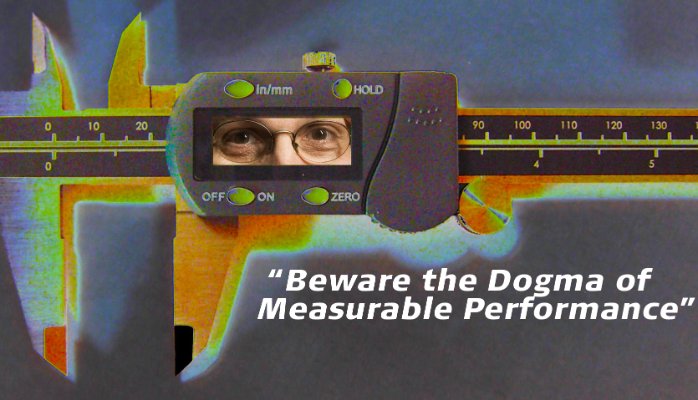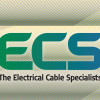“If you are a mentor, how would you say your mentee has impacted your life?”
This was the headline on a post by Hannah Breaux on the Phi Kappa Phi Quad. Her question helped me crystallize thoughts I wanted to share. Since the Quad isn’t public, I’d like to share them here.
Hi Hannah: This is a really wide and deep topic. I co-founded a mentoring program in the Atlanta chapter of the AIGA (the professional association for design) and it has been very well received with more than 75 mentor-mentee pairs. From my young mentoring partner, I have learned a lot about the current job market, economic conditions, and immigration law in the US. Other mentors remark on the vitality, integrity and energy they find in their new friends, and the hope this generates. [Many professional associations run mentoring programs — seek and ye shall find.]
A few thoughts that may illuminate:
What mentoring really means.
First, mentoring is a two-way street. It is not about the old teaching the young, nor is it about someone being smarter than someone else. Even though the transfer of experience is an important component, mentoring isn’t even really about an experienced savant teaching a newbie.
Mentoring, when really successful, is about a relationship of integrity, in which two people can be totally honest, with the mutual trust that each is committed to helping the other. Especially today when technology is changing the interpersonal mores so profoundly, the mentoring experience is exciting because each partner has something valuable to bring to the table.
Play the long game.
Second, seeking and giving mentoring is a lifelong affair. At the early stages of a professional career, there are stars — for want of a better word — who inspire us to take a given career path. These stars are the giants who have made big contributions, floated disruptive ideas, and blazed trails. They can seem remote and inaccessible. Yet, I have been surprised many times that these highly accomplished people are in fact willing to help the rising members of their discipline. Often, they succeeded in part because of extraordinary mentoring they themselves received. Mentoring is a special form of kindness that can’t be paid back, but it can be paid forward.
Ask the mentor you really want.
Third, making a ‘most admired’ list of your own, and working to contact them, is a very worthwhile effort.
It may not take you where you set out to go, but it will take you great places. Read up on the work of your Most Admired, and be prepared. It is very attractive to say “I admire your work because… and I would like to ask your help with my career development.” It may take time and persistence to get though, but if you are prepared, charming and persistent, the door will eventually open. Having the name of a friend to use for an introduction is, of course, a turbo boost. Developing the contacts and the applying creativity to search for the introduction can sometimes be more instructive than the desired mentor’s advice! Here’s a link to a short video about my multi-year quest for mentoring from Paul Rand, a giant of 20th century branding, that may interest those seeking mentoring.
Mentoring by its nature involves the exchange of views on profound ideas. Sometimes the advice is of immediate help, other times it can take a decade to sink in. What many people who desire mentoring don’t realize is how good it feels to a mentor to be able to ‘repay the debt’ of their own mentoring. You hear people say “I wish I could thank [a mentor], she died before I realized how right she was about my career path.” There is a deep satisfaction there, being able to perhaps create a shortcut for someone else, helping them avoid a costly or time-consuming misstep.
I wrote an article about mentoring in the design profession that appeared inDesign Intelligence that goes into more depth on these topics.
Getting the mentor you really want, Part II
I mentioned in the first paragraph above that many professional service organizations run mentoring programs. A more proactive way to attract the mentor you really want is to get active in your professional society and start a mentoring program. Then you can call your most admired list and say “I’m co-chairing a mentoring program for XYZ society, and we would like to invite you to participate as an advisor.” Again I would stress, the more homework you have done about your most admired list, the more likely they are to believe you are sincere and be willing to help. More information on the AIGA mentoring initiative, as an example, is here.
Parting thought:
There are few things as gratifying to a mentor as a mentee who listens to your thoughts, acts upon them in a thoughtful way, and succeeds!
Excelsior… David
 David Laufer is Managing Partner of BrandBook LLC, an Atlanta based design firm specializing in branding for expertise-based enterprises. He is the author of Dialogues with Creative Legends, Aha Moments in a Designer’s Career (New Riders, 2012). He is a founding trustee of the Atlanta Chapter of AIGA, the professional association for Design, and is active in Little Free Libraries, a global literacy action movement. @Dav1dLaufer – www.brandbook.us
David Laufer is Managing Partner of BrandBook LLC, an Atlanta based design firm specializing in branding for expertise-based enterprises. He is the author of Dialogues with Creative Legends, Aha Moments in a Designer’s Career (New Riders, 2012). He is a founding trustee of the Atlanta Chapter of AIGA, the professional association for Design, and is active in Little Free Libraries, a global literacy action movement. @Dav1dLaufer – www.brandbook.us








